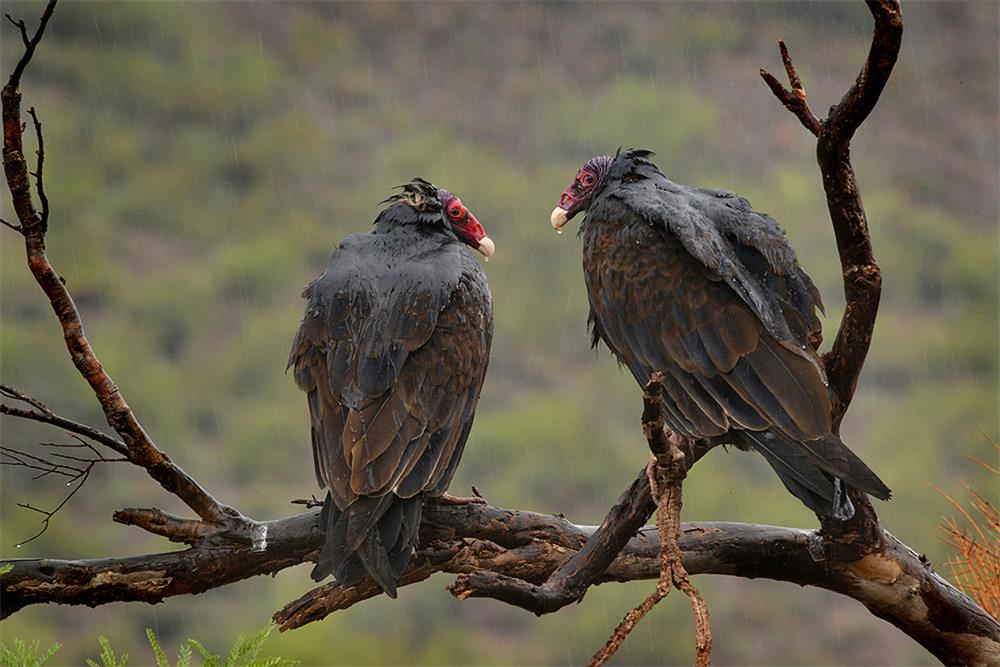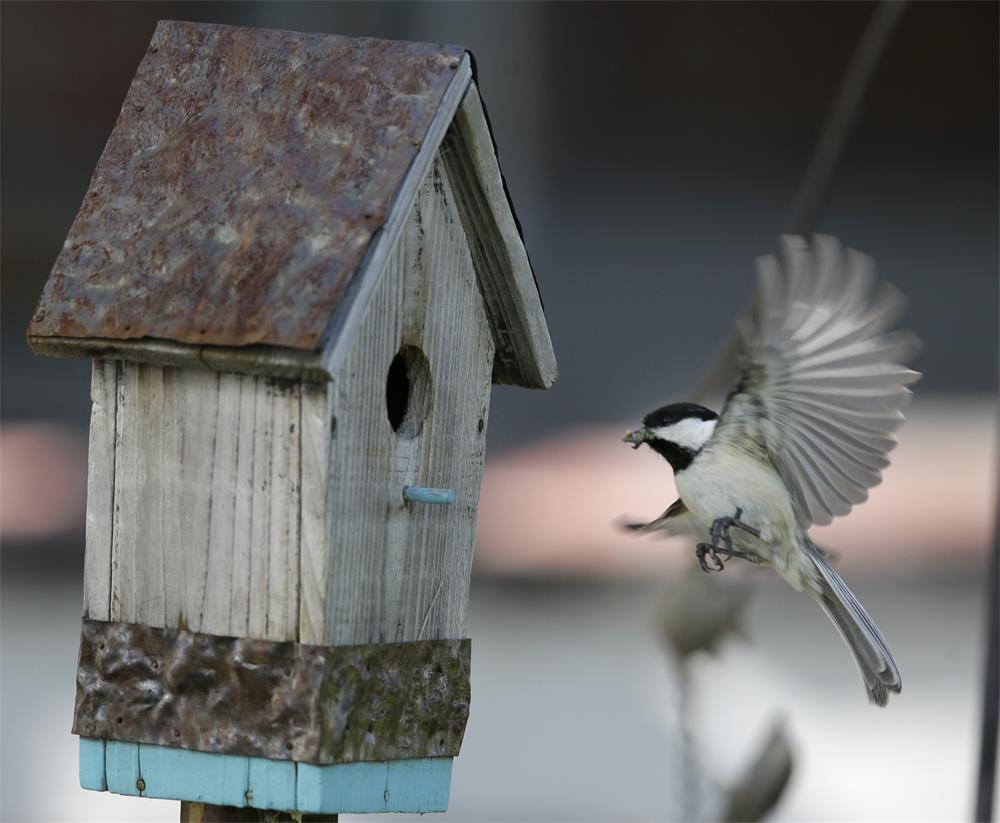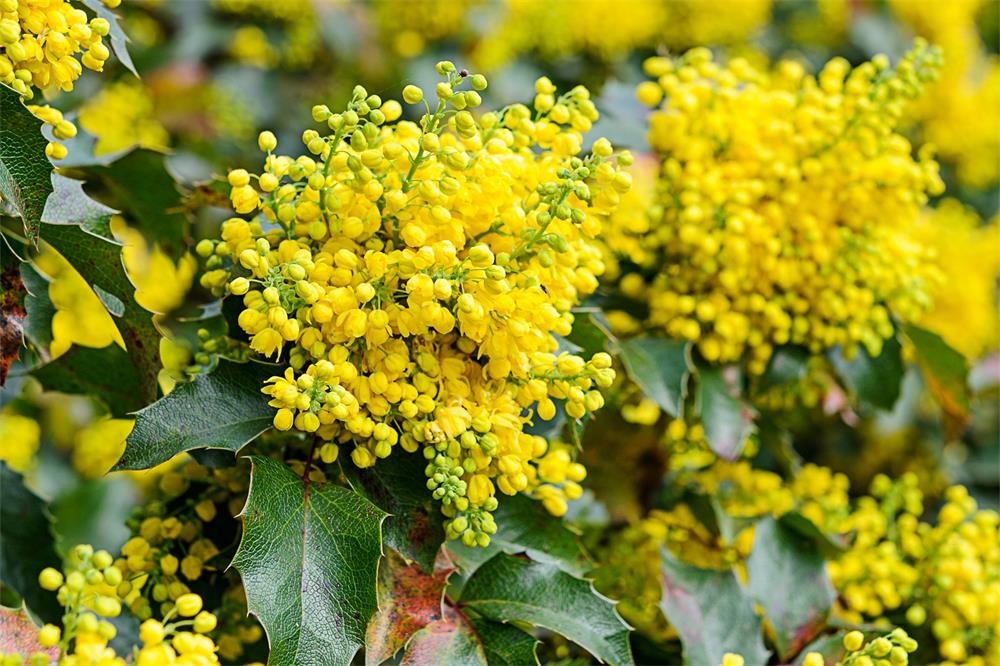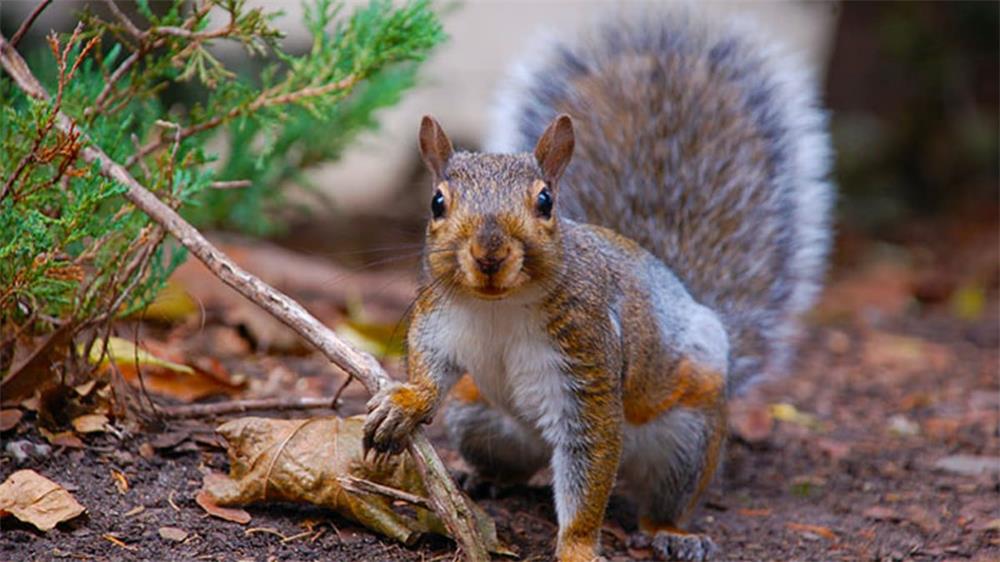
Table of Contents
Buzzards and vultures are two terms that are often used interchangeably to refer to the same type of bird: a large, bald-headed scavenger that feeds on carrion. However, this is a mistake that can cause confusion among birders and wildlife enthusiasts. In fact, buzzards and vultures are very different birds that belong to different families, have different habits, and live in different regions of the world. Here are some key differences between buzzards and vultures that can help you tell them apart.
What Is a Vulture?
A vulture is a bird that belongs to one of two distinct groups: the New World vultures (family Cathartidae) or the Old World vultures (family Accipitridae). These groups are only distantly related, but they share some common characteristics that make them easily recognizable as vultures. These include:
- A bald or featherless head and neck that helps them avoid infection and overheating when feeding on carcasses
- A long and hooked beak that is adapted for tearing flesh
- A large and broad wingspan that allows them to soar on thermal currents for long periods of time
- A keen sense of smell (in New World vultures) or sight (in Old World vultures) that helps them locate food sources
- A scavenging diet that consists mainly of carrion (dead animals), but also includes eggs, insects, and garbage
- A social behavior that involves roosting, nesting, and feeding in groups
There are 23 species of vulture in the world, ranging from the tiny palm-nut vulture (Gypohierax angolensis) that weighs only 1.6 pounds to the massive Andean condor (Vultur gryphus) that can weigh up to 33 pounds. Vultures are found on every continent except Australia and Antarctica, but they are more diverse and abundant in Africa and Asia. Some of the most well-known vulture species are:
- The turkey vulture (Cathartes aura), a widespread and common New World vulture that has a red head and a black body
- The black vulture (Coragyps atratus), another common New World vulture that has a black head and body and white patches on the wings
- The king vulture (Sarcoramphus papa), a colorful New World vulture that has a yellow, orange, red, and purple head and a white body with black wings
- The griffon vulture (Gyps fulvus), a large and pale Old World vulture that has a white head and neck and a brown body
- The Egyptian vulture (Neophron percnopterus), a small and slender Old World vulture that has a yellow face and a white body with black flight feathers
- The lappet-faced vulture (Torgos tracheliotos), a powerful and aggressive Old World vulture that has a pink face and a dark brown body
Vultures play an important role in the ecosystem by cleaning up carcasses and preventing the spread of diseases. However, many vulture species are threatened by habitat loss, poisoning, hunting, collision with power lines, and reduced food availability.
What Is a Buzzard?
A buzzard is a bird that belongs to the genus Buteo, which is a group of medium- to large-sized hawks in the family Accipitridae. These birds are also known as buteos or soaring hawks, because they have broad wings that are ideal for gliding on thermal currents. Unlike vultures, buzzards hunt for their meals and prefer to capture living prey, such as rodents, rabbits, birds, reptiles, amphibians, and insects. However, they will also eat carrion if other food sources are scarce. Some other characteristics of buzzards are:
- A feathered head and neck that matches the color of their body plumage
- A short and slightly curved beak that is adapted for biting and tearing prey
- A medium-sized tail that helps them maneuver in flight
- A sharp vision that helps them spot prey from great heights
- A solitary or pair-based behavior that involves defending a territory and nesting in trees or cliffs
There are 26 species of buzzard in the world, ranging from the tiny Madagascar buzzard (Buteo brachypterous) that weighs only 0.7 pounds to the large ferruginous hawk (Buteo regalis) that can weigh up to 4.5 pounds. Buzzards are found on every continent except Antarctica, but they are more diverse and abundant in Europe, Asia, and Africa. Some of the most well-known buzzard species are:
- The common buzzard (Buteo buteo), a widespread and variable buzzard that has a brown head and body with white or pale markings
- The red-tailed hawk (Buteo jamaicensis), a common and adaptable North American buzzard that has a brown head and body with a reddish tail
- The rough-legged hawk (Buteo lagopus), a northern buzzard that has feathered legs and a black-and-white pattern on the wings and tail
- The European honey-buzzard (Pernis apivorus), a specialized buzzard that feeds mainly on wasps and bees and their larvae
- The long-legged buzzard (Buteo rufinus), a large and pale buzzard that has long legs and a reddish or whitish body with dark markings
- The augur buzzard (Buteo augur), a striking buzzard that has a black head and body with a white chest and underwing coverts
Buzzards are often confused with other birds of prey, such as eagles, kites, harriers, and falcons. However, they can be distinguished by their broad wings, short tails, and soaring flight style.
Why Are Vultures Called Buzzards?
The confusion between vultures and buzzards stems from the different usage of these terms in different regions of the world. In Europe, Africa, Asia, Australia, and other parts of the Old World, the term buzzard refers to the hawks in the genus Buteo. However, in North America and some parts of South America, the term buzzard is used as a slang or colloquial name for vultures, especially the turkey vulture and the black vulture.
This discrepancy can be traced back to the early European colonists who settled in North America. When they saw vultures soaring in the sky, they may have mistaken them for the familiar buzzards from their homeland. By the time they realized that these birds were not hawks but scavengers, the name had already stuck. Even today, many people in North America use the term buzzard to refer to vultures, either out of habit or ignorance.
However, this practice can cause confusion and misunderstanding among birders and wildlife enthusiasts from different regions of the world. To avoid this problem, it is better to use the correct names for these birds: vultures for the bald-headed scavengers and buzzards for the feathered hawks.
How to Identify Buzzards vs Vultures
If you want to tell apart buzzards and vultures in the field, here are some tips to help you:
- Look at their heads: Vultures have bald or featherless heads that can be red, black, yellow, orange, purple, or pink. Buzzards have feathered heads that match their body plumage.
- Look at their beaks: Vultures have long and hooked beaks that are adapted for tearing flesh. Buzzards have short and slightly curved beaks that are adapted for biting and tearing prey.
- Look at their wings: Vultures have large and broad wings that allow them to soar on thermal currents for long periods of time. Buzzards have medium-sized wings that are ideal for gliding on thermal currents.
- Look at their tails: Vultures have short tails that are not very noticeable in flight. Buzzards have medium-sized tails that help them maneuver in flight.
- Look at their behavior: Vultures are scavengers that feed mainly on carrion (dead animals). They often roost, nest, and feed in groups. Buzzards are hunters that feed mainly on living prey. They are usually solitary or pair-based.
By using these tips, you should be able to identify buzzards vs vultures with ease.
Conclusion
Buzzards and vultures are two different types of birds of prey that belong to different families, have different habits, and live in different regions of the world. They can be easily distinguished by their appearance, behavior, and diet. However, they are often confused because of the different usage of these terms in different parts of the world. To avoid this confusion, it is better to use the correct names for these birds: vultures for the bald-headed scavengers and buzzards for the feathered hawks.



















